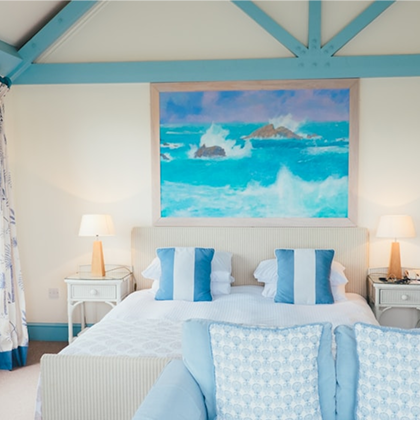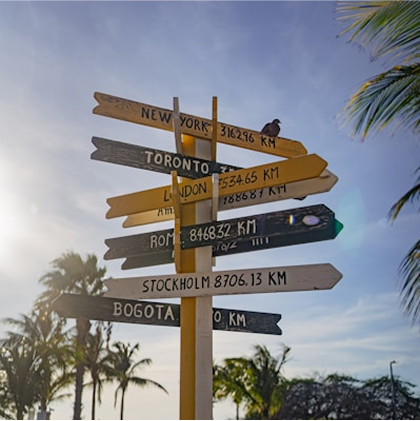Climate aux Seychelles
The Seychelles have established a climate of trust with their visitors: a cyclone is out of the question! Our beloved islands are out of the path of tornadoes. Admittedly, the causes of the historic storm (known as Grande Avalasse) of October 12, 1862 remain unclear, and it has happened (at least four times since 1808) that the coconut palms on the island of Coëtivy, at 7.6 degrees south latitude, have been more than shaken, just as those on Praslin were on a September afternoon in 2002, when a mini-tornado destroyed around thirty roofs and the roof of the airport, which was brand new at the time. But the sky gods seem to protect this archipelago, whose climate is more tropical than equatorial, even though the equator is very close. Here, the ocean obviously plays a moderating role, and these islands are unaffected by the extreme heat experienced on the mainland at the same latitude.
A monsoon climate
Normally, the dry season runs from June to October (south-east monsoon), with the wet season running more or less from November to May (north-west monsoon). But even in the Seychelles, the climate isn't what it used to be, and the statistics published here and there have only a relative value. In August 1997, for example, El Niño caused panic in the Seychelles, bringing down torrents of water for three days in the middle of the dry season! Coastal roads were so flooded that it was no longer possible to get to the airport. Water shortages can also lead to temporary power cuts. These are frequent during the dry season, with the island of Mahé, the most densely populated, always the most affected by rationing, which also affects the small hotel business.
The monsoon climate is characterized by four periods: a cool, dry season, a humid, hot season and two intermediate periods.
From May to October, a southeasterly current blows across the equator, giving rise to the Indian summer monsoon.
In the Seychelles, this is known as the suet monsoon (for the southeast). Rainfall is less frequent, humidity lower, seas rougher, but winds rarely exceed force 6. The weather is slightly cooler than in other months. In this dry season, temperatures still average 25°C.
From December to April, during the wet season, east and north-westerly winds blow across the archipelago. This nordet (north-easterly) monsoon results from the strengthening of the trade winds in the northern hemisphere. The heat is heavy, the mercury reaches 32°C and humidity reigns once again. Vegetation is more luxuriant than ever. Showers were numerous and often violent, but generally short-lived. The heaviest showers occur in the early evening or during the night. Occasionally, however, the sun takes a break for several days, and low-pressure systems delay or even prohibit inter-island flights.
The best periods
These are the months between the dry and wet seasons, i.e. April and, above all, October. Light winds, fleeting showers, calm seas and ideal warmth: these are the weeks to be! Whatever the date, the heat is never overwhelming (25°C to 32°C during the day, at least 24°C at night). Humidity levels are always manageable (around 80%). Maximum rainfall generally occurs between mid-December and mid-January. The coral islands (from 500 mm to 1,500 mm per year) obviously receive less rainfall than the granitic islands (from 2,200 mm on the coasts to over 3,000 mm on the heights of Mahé and Silhouette). However, these figures are only theoretical, as in the Seychelles, too, you'll be told that there are no more seasons. In fact, they seem to be less marked than they used to be. Be that as it may, when not hidden by clouds, the sun shines for an average of seven hours, with daylight lasting a constant eleven to twelve hours throughout the year. At 4 degrees below the equator, day appears as quickly as night falls: beware of rushing back from adventurous walks through the jungle and its sometimes slippery rocks after a brief late-afternoon shower!

























